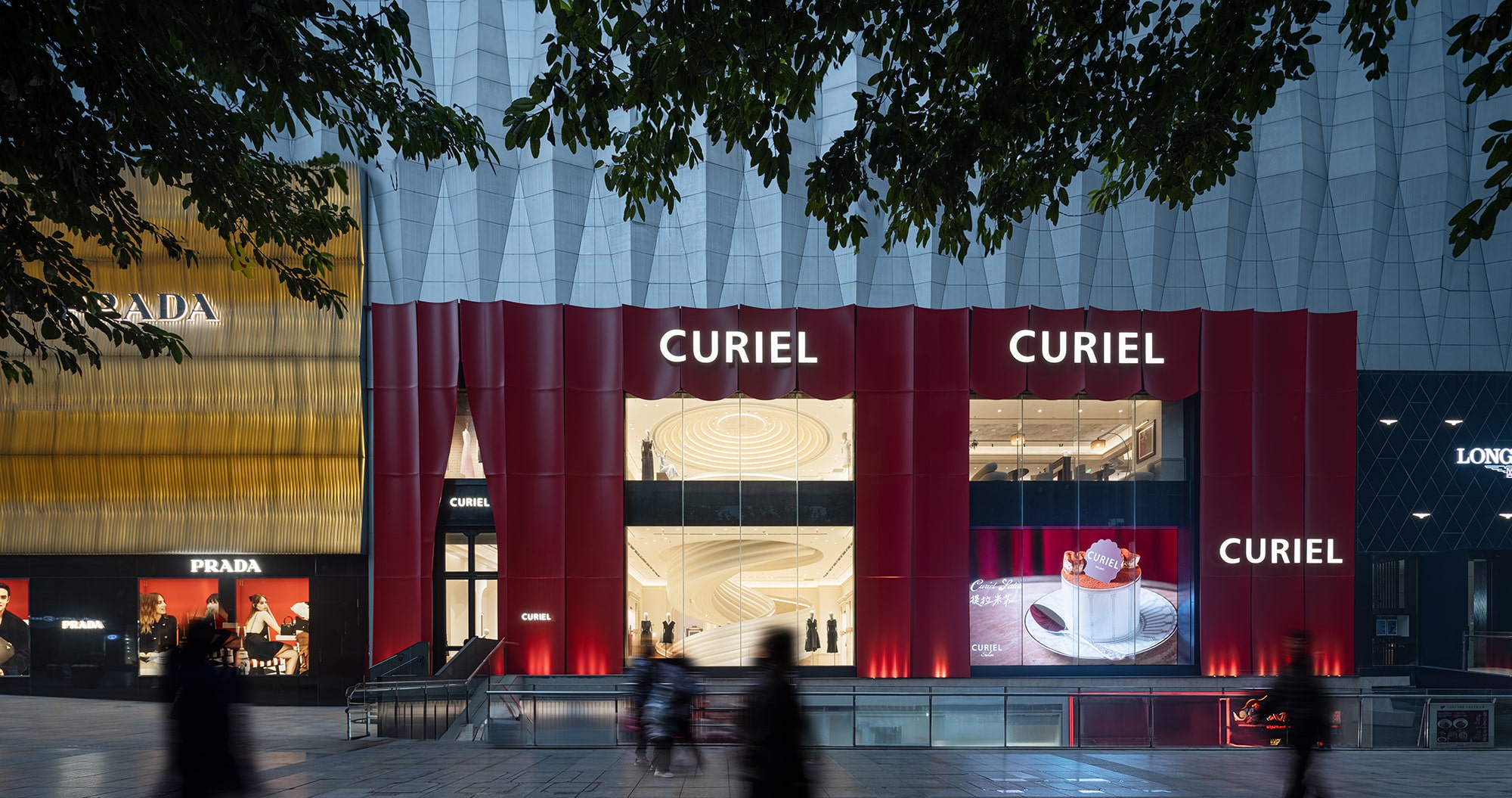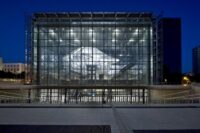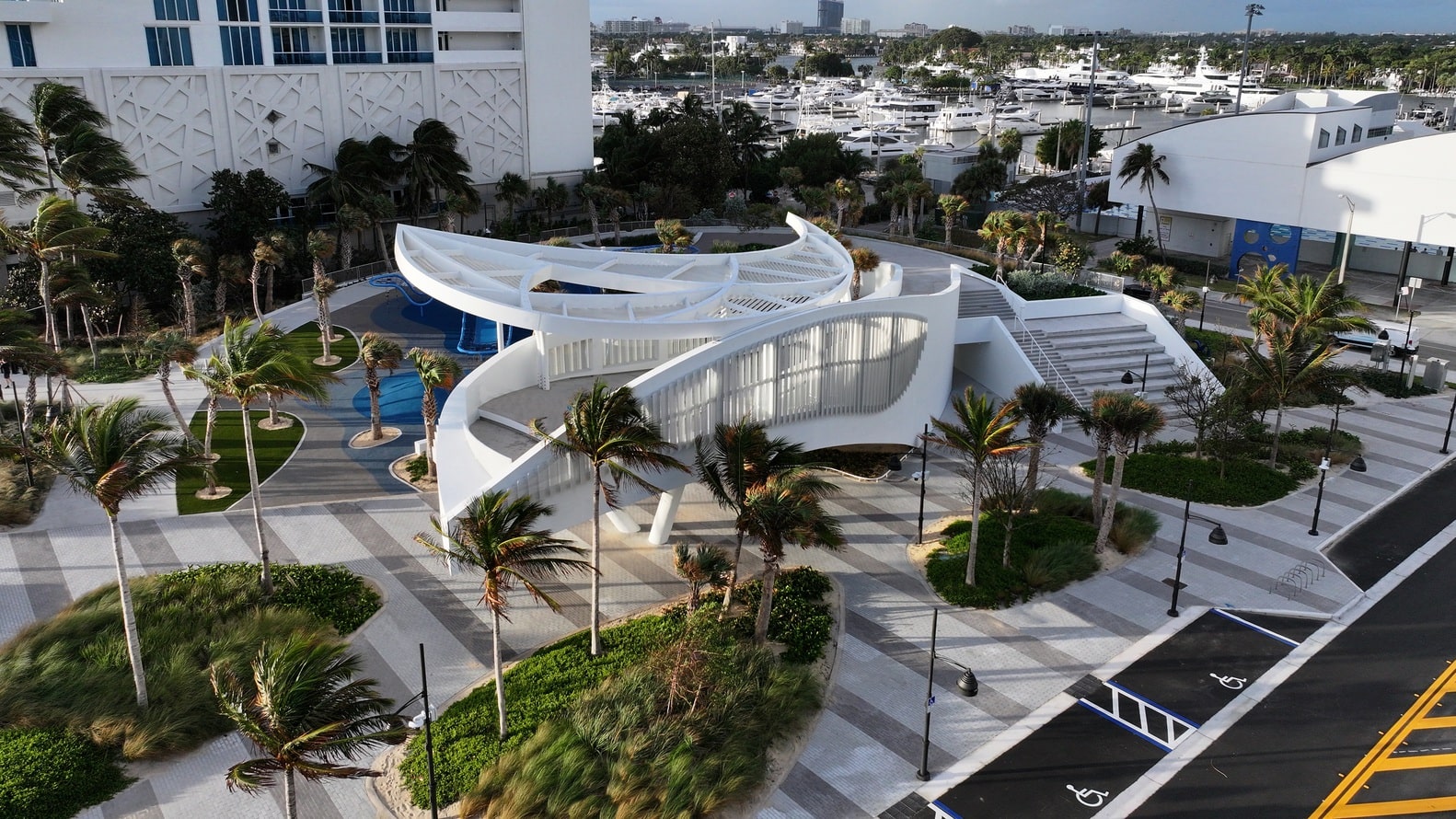- Home
- Articles
- Architectural Portfolio
- Architectral Presentation
- Inspirational Stories
- Architecture News
- Visualization
- BIM Industry
- Facade Design
- Parametric Design
- Career
- Landscape Architecture
- Construction
- Artificial Intelligence
- Sketching
- Design Softwares
- Diagrams
- Writing
- Architectural Tips
- Sustainability
- Courses
- Concept
- Technology
- History & Heritage
- Future of Architecture
- Guides & How-To
- Art & Culture
- Projects
- Interior Design
- Competitions
- Jobs
- Store
- Tools
- More
- Home
- Articles
- Architectural Portfolio
- Architectral Presentation
- Inspirational Stories
- Architecture News
- Visualization
- BIM Industry
- Facade Design
- Parametric Design
- Career
- Landscape Architecture
- Construction
- Artificial Intelligence
- Sketching
- Design Softwares
- Diagrams
- Writing
- Architectural Tips
- Sustainability
- Courses
- Concept
- Technology
- History & Heritage
- Future of Architecture
- Guides & How-To
- Art & Culture
- Projects
- Interior Design
- Competitions
- Jobs
- Store
- Tools
- More
Oak Grove Park by PUPA / Life Over Space
Oak Grove Park in Klaipėda revitalizes a neglected Soviet-era green space through community-driven design. It balances active zones with tranquil areas, promoting social connection and well-being. Preserving nature and embracing inclusivity, the park transforms into a beloved urban hub—offering a powerful model for renewing aging neighborhoods with thoughtful, people-centered public spaces.
In the heart of Klaipėda, Lithuania, a once-forgotten green space has been reimagined into a dynamic social and recreational hub. Oak Grove Park, redesigned and revitalized by the urbanist studio PUPA / Life Over Space, is now a model of how thoughtful public space design can restore vibrancy, dignity, and well-being to aging urban neighborhoods. More than a beautification project, it is a story of community reconnection, spatial justice, and a renewed vision of everyday urban life.

Table of Contents
ToggleBreathing New Life into a Soviet-Era Housing District
Oak Grove Park is located in the Rumpiškės district, one of Klaipėda’s most densely populated neighborhoods, characterized by large-scale housing estates built during the Soviet era. These modernist developments were originally designed with generous green spaces to promote collective living, but over time, a lack of maintenance, privatization, and socioeconomic shifts caused these spaces to degrade. By the 2010s, the park had lost much of its function and appeal, mirroring the broader decline of the surrounding residential fabric.
Understanding the urgency of revitalizing communal environments, the Klaipėda Municipality launched a regeneration initiative with EU funding support. PUPA / Life Over Space, known for its human-centered and research-driven design approach, was commissioned to re-envision Oak Grove Park as a catalyst for social and spatial renewal.
A Design Grounded in Community Dialogue
The success of the park lies in its participatory design process. As early as 2015, PUPA began developing an urban vision for the neighborhood that included not only Oak Grove Park but also nearby squares and courtyards. Through a series of workshops, public meetings, and interactive events, the design team engaged with residents across generations to understand how they used—or wished to use—the park.
This collaborative process revealed a clear duality in local needs. While young people and families longed for safe, well-equipped sports and play areas, older residents sought calm, shaded places to walk, rest, and connect. Rather than choosing one over the other, the team embraced both, resulting in a zoned design that balances active energy with contemplative retreat.

Two Parks in One: Activity and Tranquility in Harmony
Oak Grove Park is now spatially organized into two complementary zones. On one side is a lively, activity-rich environment featuring outdoor fitness areas, basketball courts, and playgrounds for various age groups. These facilities are robust, low-maintenance, and open year-round, encouraging movement and social interaction. The layout supports both casual drop-in use and organized community events, from youth games to outdoor fitness classes.
The other side of the park offers a serene, nature-oriented experience. Here, winding paths lead to wooden benches tucked under mature oak trees. Thoughtfully arranged flower beds, a reflective pond, and sculptural seating elements invite moments of rest and quiet observation. This zone appeals particularly to elderly residents, individuals with limited mobility, and anyone seeking a peaceful escape from urban noise.
At the core of the park is a continuous circular loop path that weaves through both zones. This multi-use trail has become a daily ritual route for walkers, joggers, cyclists, and even rollerbladers. It encourages gentle activity while facilitating spontaneous encounters—a subtle but effective method of fostering neighborhood connections.
An Ecosystem of Social Infrastructure
Beyond physical amenities, Oak Grove Park functions as a form of social infrastructure. In an area with a high percentage of elderly residents and single-person households, the park plays a vital role in reducing isolation and promoting mental and physical health. By providing spaces that accommodate both intergenerational activity and individual solitude, the design nurtures an inclusive environment where all residents feel welcome.
The project also promotes ecological and cultural sustainability. Existing oak trees were carefully preserved, and new plantings emphasize native species that require minimal irrigation. Materials were chosen for durability, ease of repair, and aesthetic cohesion. Lighting, seating, and signage were all designed with safety, legibility, and comfort in mind—ensuring that the park remains both accessible and inviting throughout the year.

From Forgotten Park to Beloved Landmark
Since its revitalization in 2021, Oak Grove Park has quickly become a cherished urban asset. It is not only a leisure destination but also a place of identity and pride for Rumpiškės’ residents. Local families gather here after work, seniors meet for morning walks, and children reclaim the space as their playground. The park is now a daily ritual for many, a social connector and urban anchor in a rapidly changing city.
Crucially, the park’s success also demonstrates the broader potential of targeted municipal interventions in aging housing estates. Where full-scale residential renewal may be slow or unfeasible due to fragmented property ownership, investments in public space can deliver immediate, tangible improvements to quality of life. Oak Grove Park shows that a well-designed public realm can stitch together a community, renew collective spirit, and redefine how people relate to their neighborhood.
A Blueprint for Urban Futures
Oak Grove Park’s transformation is a powerful reminder of the role public space plays in shaping human experiences. With minimal architectural imposition but maximal sensitivity to social and spatial dynamics, PUPA / Life Over Space has created a park that feels not only well-designed but deeply lived in. The project affirms that urban renewal doesn’t require spectacle—just careful attention, collaboration, and respect for everyday life.
As cities across Europe face similar challenges of modernist housing obsolescence and public realm degradation, Oak Grove Park stands as a replicable model. It proves that by focusing on people, community engagement, and timeless design principles, we can reinvigorate even the most overlooked parts of our cities—one path, one bench, and one oak tree at a time.
Photography: Norbert Tukaj
- Accessible urban green spaces
- Baltic urban renewal projects
- community-centered urban design.
- Ecological urban public space
- Green space revitalization
- Inclusive urban park design
- Intergenerational public space
- Klaipėda neighborhood transformation
- Klaipėda public space design
- Modernist housing estate renewal
- Native plant landscaping urban parks
- Oak Grove Park Klaipėda
- Outdoor fitness park design
- Participatory landscape architecture
- PUPA Life Over Space project
- Social cohesion through design
- Social infrastructure parks
- Soviet-era housing renewal
- Urban park revitalization Lithuania
- Urban regeneration EU funded
I create and manage digital content for architecture-focused platforms, specializing in blog writing, short-form video editing, visual content production, and social media coordination. With a strong background in project and team management, I bring structure and creativity to every stage of content production. My skills in marketing, visual design, and strategic planning enable me to deliver impactful, brand-aligned results.
Submit your architectural projects
Follow these steps for submission your project. Submission FormLatest Posts
Basketball Court – Ralph C. Wilson Jr. Centennial Park by Adjaye Associates
Designed by Adjaye Associates, the basketball court at Ralph C. Wilson Jr....
DC Alexander Park by Brooks + Scarpa Architects
Explore the redesign of DC Alexander Park by Brooks + Scarpa Architects,...
Suan San Pocket Park by Shma Company Limited
Suan San Pocket Park in Bangkok transforms a derelict riverside site into...
Pazhou South Waterfront Park by SWA Group
SWA Group’s Pazhou South Waterfront Park in Guangzhou revitalizes the Huangpu Chong...





















































Leave a comment